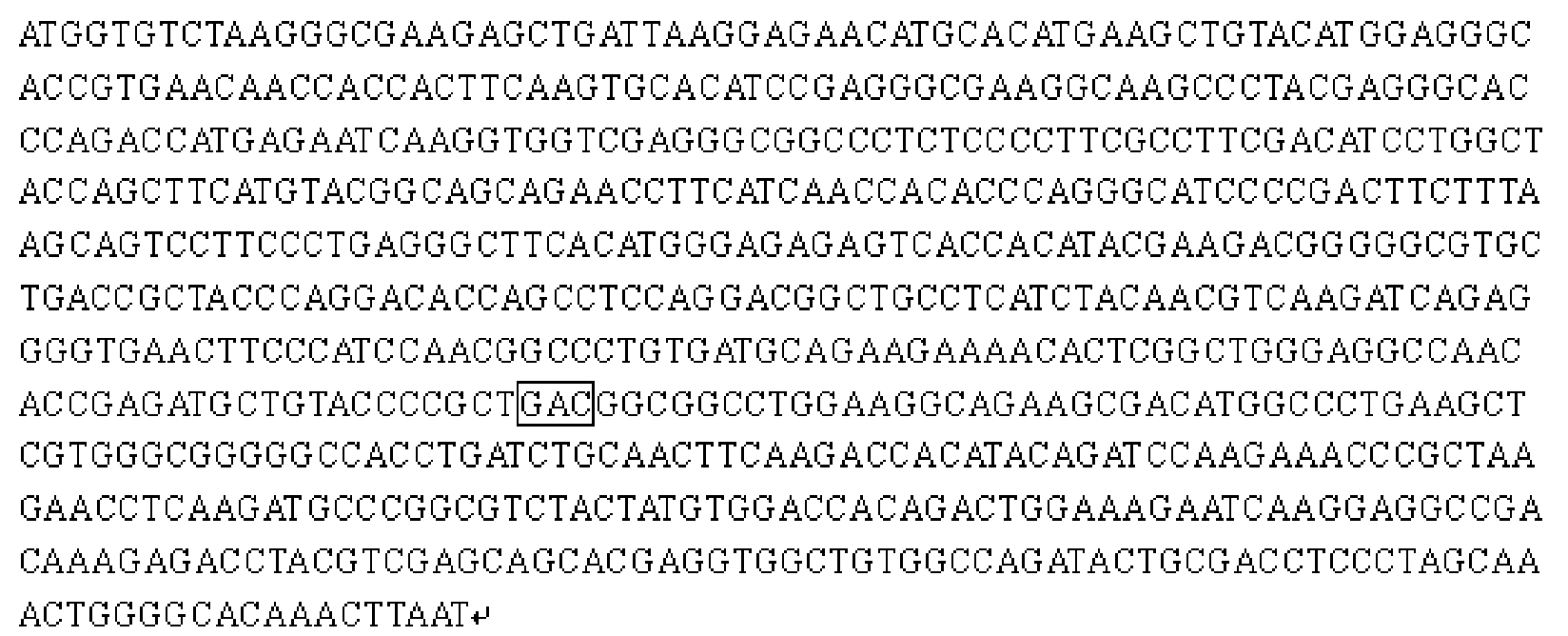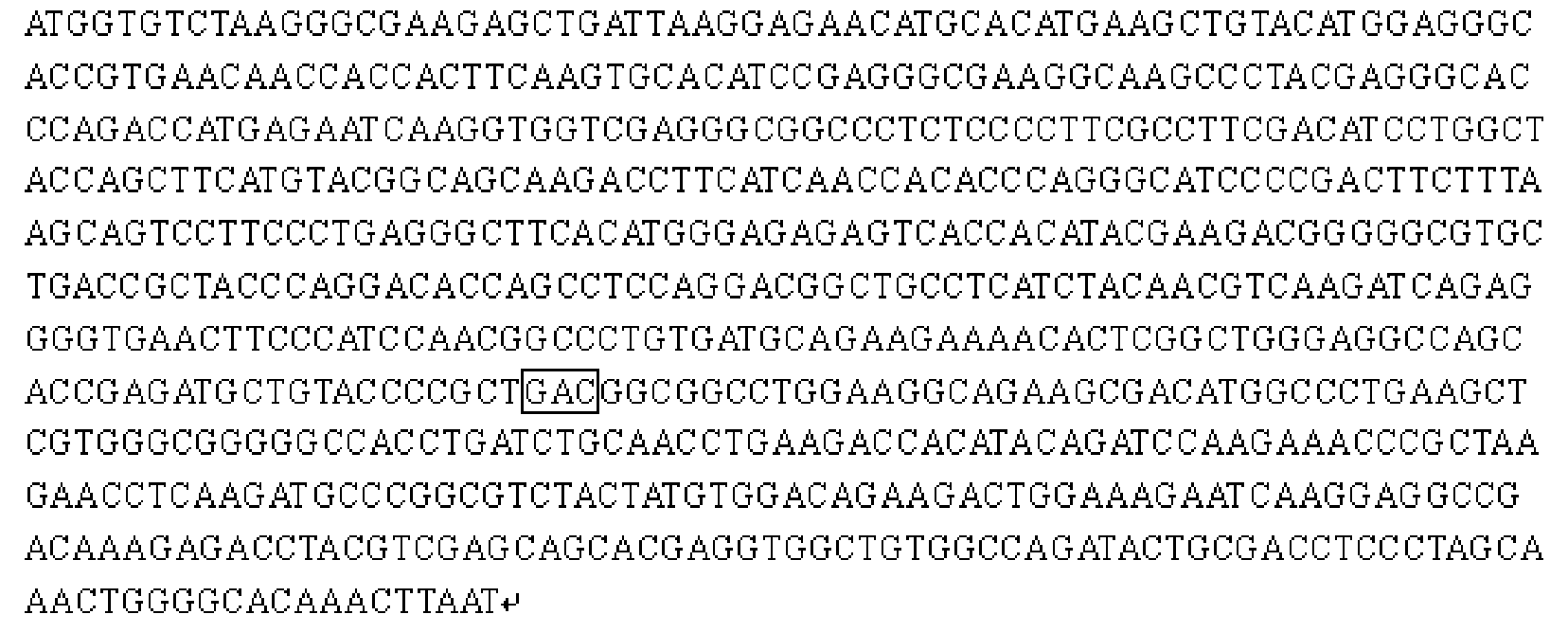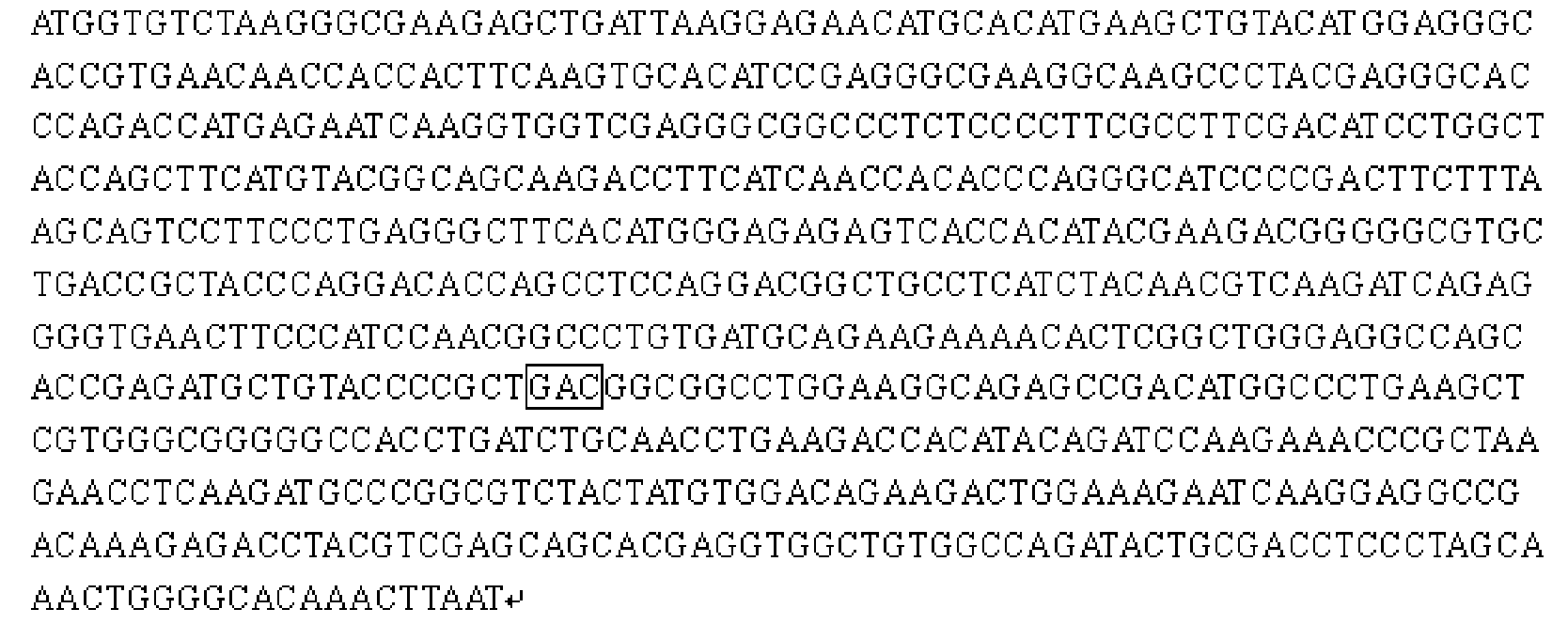Method for detecting interaction of proteins
A detection method and protein technology, which can be used in measurement devices, biological tests, material inspection products, etc., can solve the problems of inability to synchronously detect multiple pairs of protein interactions in parallel, unable to detect protein interactions, and unable to solve multiple pairs of proteins. Prospects for clinical application, good bleaching resistance, and the effect of strong tissue penetration
- Summary
- Abstract
- Description
- Claims
- Application Information
AI Technical Summary
Problems solved by technology
Method used
Image
Examples
Embodiment 1
[0124] This implementation example uses the BiFC phenomenon of TagRFP to study the interaction between transcription factors bFos and bJun. Based on this purpose, it is necessary to connect bFos to the N-terminal of the TagRFP protein or sequence (hereinafter referred to as TN), and bJun to the C-terminal of the TagRFP protein or sequence (hereinafter referred to as TC), and to quantitatively characterize each fusion construct in the study ( bFos-TN or bJun-TC), the commonly used yellow fluorescent protein mCerulean and the commonly used cyan fluorescent protein mCitrine are respectively connected to the above fusion constructs as fluorescent markers.
[0125] refer to Figure 8 with Figure 9 , Figure 8 It is a BiFC molecular probe structure based on the TagRFP155 site, which is used to study the BiFC system for the interaction between bJun and bFos. The probe consists of fluorescent protein mCerulean / mCitrine, target protein bJun / bFos / ΔbFos and TagRFP-C segment / N segment ...
Embodiment 2
[0130] Dimerization of BACE enzyme, BACE enzyme and γ-secretase enzymatically digest and hydrolyze amyloid precursor protein (amyloid precursor protein, APP) in turn to produce 4kD β-amyloid peptide (amyloid β-peptide, Aβ). The accumulation of Aβ leads to the occurrence of Alzheimer's disease (AD). Recently, Haass C group used non-denaturing gel electrophoresis and co-immunoprecipitation methods to find that BACE exists in the form of homodimers. Therefore, BACE dimerization serves as a good model for protein interactions in living cells.
[0131] Figure 13 It is a schematic diagram of the principle of the BiFC system based on the TagRFP155 site to study the dimerization of BACE enzyme cells, Figure 14 It is a single-cell image of HeLa cells BACE(FL)-TagRFP155N and BACE(FL)-TagRFP155C cultured at 26°C for 24 hours. The two fragments (TN155 and TC155) at position 155 were cloned and inserted into the BACE enzyme vector to construct BACE(FL)-TN155 and BACE(FL)-TC155, and th...
Embodiment 3
[0138] Research on protein interaction in nematodes. Nematodes grow fast, can be cultured in large quantities, and are prone to mutations. In addition, it has a simple structure and a transparent body, which is easy to track and image. The first to apply BiFC to nematodes was Martin Chalfie, the 2008 Nobel Prize winner in chemistry. He fused the fluorescent fragments of GFP mutants (cleaved at position 157) with antiparallel leucine short peptides (NZ and CZ) respectively. , to study the regulation of gene expression and protein localization by different promoters. In addition, in 2008, Professor Hu used the Venus-based system to study the interaction between Jun and Fos proteins in nematodes. However, there is no report on the application of the red BiFC system to nematodes.
[0139] The fusion fragments C-bJ-TC151, Y-bF-TN151 and Y-ΔbF-TN151 were cloned downstream of the heat shock promoter hsp16-2 to construct pHsp-C-bJ-TC151, pHsp-Y-bF-TN151 and pHsp- YΔbF-TN151. The h...
PUM
 Login to View More
Login to View More Abstract
Description
Claims
Application Information
 Login to View More
Login to View More - R&D
- Intellectual Property
- Life Sciences
- Materials
- Tech Scout
- Unparalleled Data Quality
- Higher Quality Content
- 60% Fewer Hallucinations
Browse by: Latest US Patents, China's latest patents, Technical Efficacy Thesaurus, Application Domain, Technology Topic, Popular Technical Reports.
© 2025 PatSnap. All rights reserved.Legal|Privacy policy|Modern Slavery Act Transparency Statement|Sitemap|About US| Contact US: help@patsnap.com



